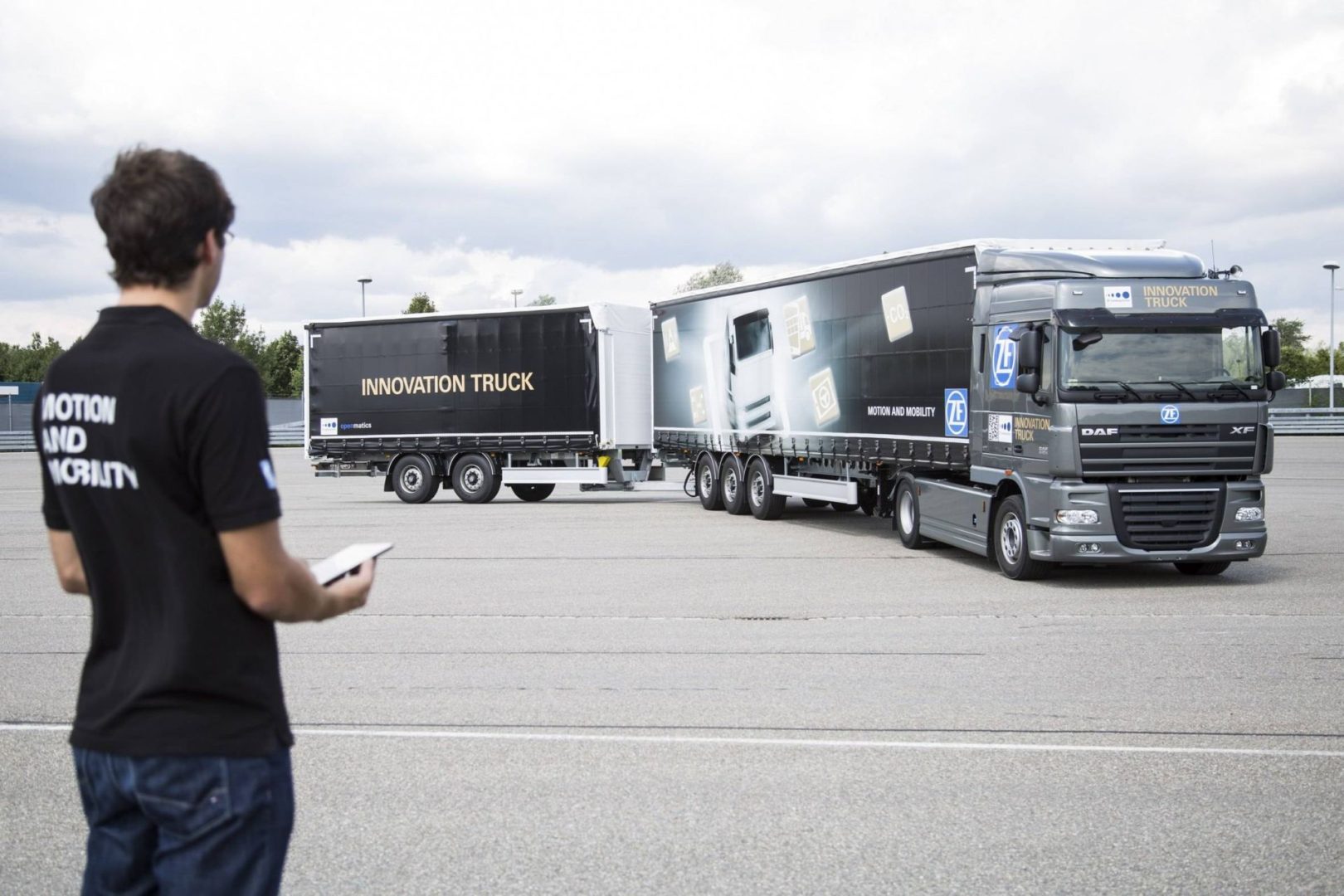Innovations in Sustainable Transportation

Innovations in Sustainable Transportation Innovations in Sustainable Transportation: Pioneering the Future of Eco-Friendly Mobility
Introduction
Sustainable transportation is at the forefront of the global effort to combat climate change and reduce environmental impact. As the world grapples with increasing urbanization and mobility demand, innovators constantly push the boundaries of technology and design. This is to create eco-friendly transportation solutions. This article explores the latest innovations in sustainable transportation, highlighting the advancements that are shaping the future of eco-friendly mobility.
Electric vehicles (EVs).
Electric vehicles have emerged as one of the most promising solutions to reduce greenhouse gas emissions and fossil fuel dependence. Innovations in battery technology have significantly increased EV range and efficiency, making them a practical choice for everyday transportation. Companies like Tesla, Nissan, and Chevrolet continue to push the envelope, introducing affordable electric cars with impressive performance and range.
Autonomous and connected vehicles
Autonomous vehicles, equipped with advanced sensors and artificial intelligence, can revolutionize transportation systems. These vehicles can optimize routes, reduce traffic congestion, and enhance safety. Moreover, connected vehicle technology enables real-time communication between vehicles and infrastructure, paving the way for more thoughtful, efficient transportation networks.
Public transportation innovations
Public transportation plays a crucial role in sustainable urban mobility. Innovations such as Bus Rapid Transit (BRT) systems, prioritizing buses in dedicated lanes significantly reduce travel times and emissions. Additionally, intelligent ticketing systems and real-time passenger information apps enhance public transport convenience and attractiveness, encouraging more people to leave their cars at home.
Active Transportation
Promoting walking and cycling as viable modes of transportation is essential for creating sustainable cities. Innovations in urban planning, such as dedicated bike lanes, pedestrian-friendly pathways, and bike-sharing programs, encourage people to choose active transportation options. These initiatives not only reduce carbon emissions but also improve public health and enhance the overall quality of life in urban areas.
Green infrastructure
Green infrastructure initiatives, including green roofs, permeable pavements, and urban living spaces, contribute to sustainable transportation by mitigating the urban heat island effect. In addition, they enhance air quality. These eco-friendly solutions create a more pleasant environment for pedestrians and cyclists, making active transportation more appealing for city dwellers.
Sustainable freight and logistics
Goods transportation is a significant contributor to carbon emissions. Innovations in sustainable freight and logistics, such as electric delivery vehicles, efficient route planning, and alternative fuels, reduce the environmental impact of the supply chain. Companies increasingly adopt eco-friendly practices, such as last-mile delivery solutions and cargo consolidation, to minimize emissions and optimize delivery processes.
Energy-efficient infrastructure
Innovative approaches to energy-efficient transportation infrastructure are crucial for reducing transportation carbon footprint. Solar-powered charging stations for electric vehicles, energy-efficient street lighting, and smart grids that optimize energy usage in transportation hubs are examples of how sustainable energy solutions are integrated into transportation infrastructure, reducing reliance on non-renewable energy sources.
Conclusion
Innovations in sustainable transportation are driving a transformative shift in the way people and goods move around the world. With advancements in electric vehicles, autonomous technology, public transportation, active transportation, green infrastructure, eco-friendly freight, and energy-efficient infrastructure, the future of eco-friendly mobility looks promising. As these innovations evolve, they will pave the way for a more sustainable and environmentally conscious transportation landscape. This ensures a cleaner, greener future for generations to come. By embracing these innovations, communities can reduce their carbon footprint, alleviate traffic congestion, and create healthier, more livable cities. Sustainable transportation is not just a concept; it’s a tangible reality that shapes our travel and our planet’s future.

Leave a Comment